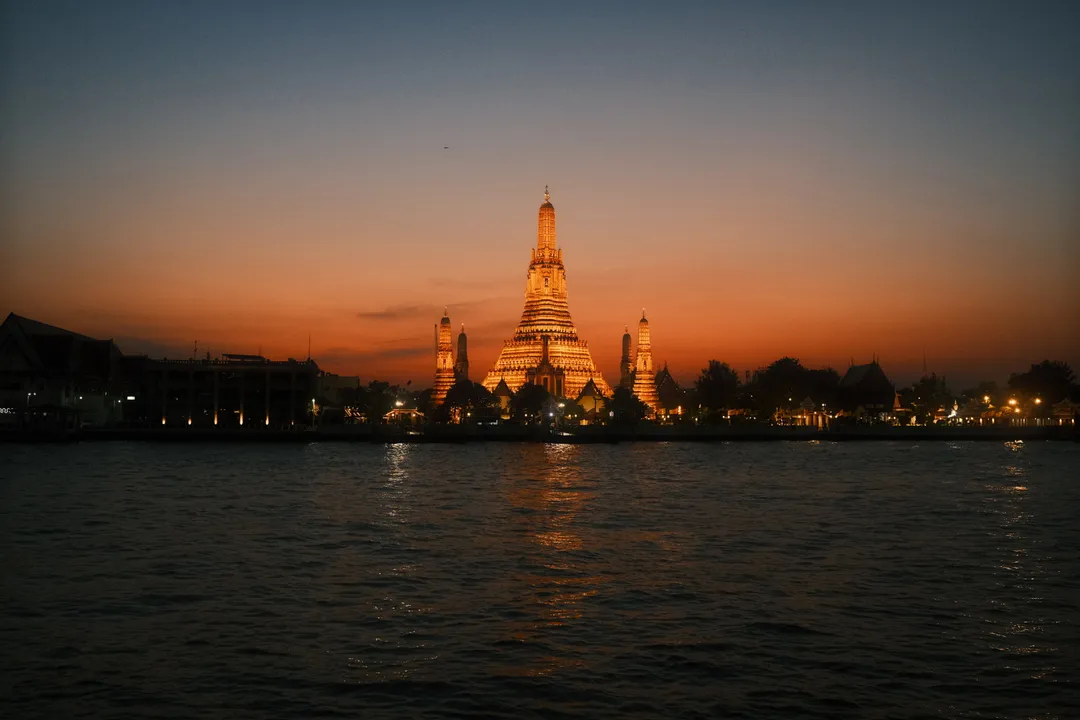
Man, have I got some catching up to do. I didn’t realise quite how full-on this trip would be, but I’ve finally found a moment to sit down and reflect on where I’ve been so far. It’s been a whirlwind. So, let’s start at the beginning: chaos in Bangkok.
Chaos in Bangkok
I arrived in Bangkok with no real plan or expectations—mostly because I procrastinated on researching anything beforehand. First impression? It’s chaotic, but that’s part of its charm.
Some places were too crowded for my liking, particularly The Grand Palace. But that was my fault for visiting at midday during peak tourist season. Think endless queues, flag-waving tour guides, and more queues. That being said, it’s still a spectacular place, one which I’ll let the photos do the talking. I also visited Wat Pho, home of the reclining Buddha (spoiler: it’s enormous), and watched the sun set over Wat Arun from across the river. In terms of food in this area, I can highly recommend Make me Mango.

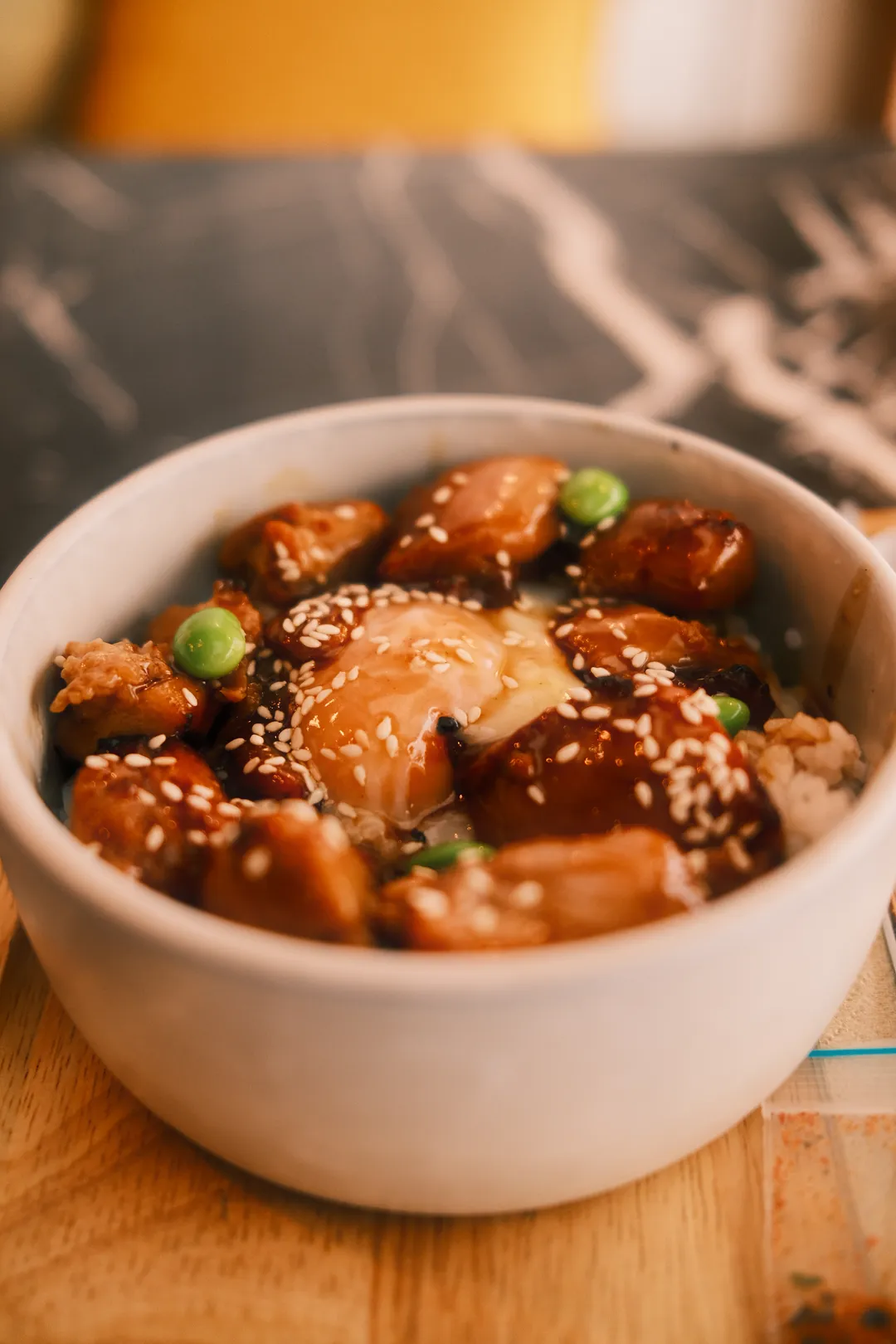
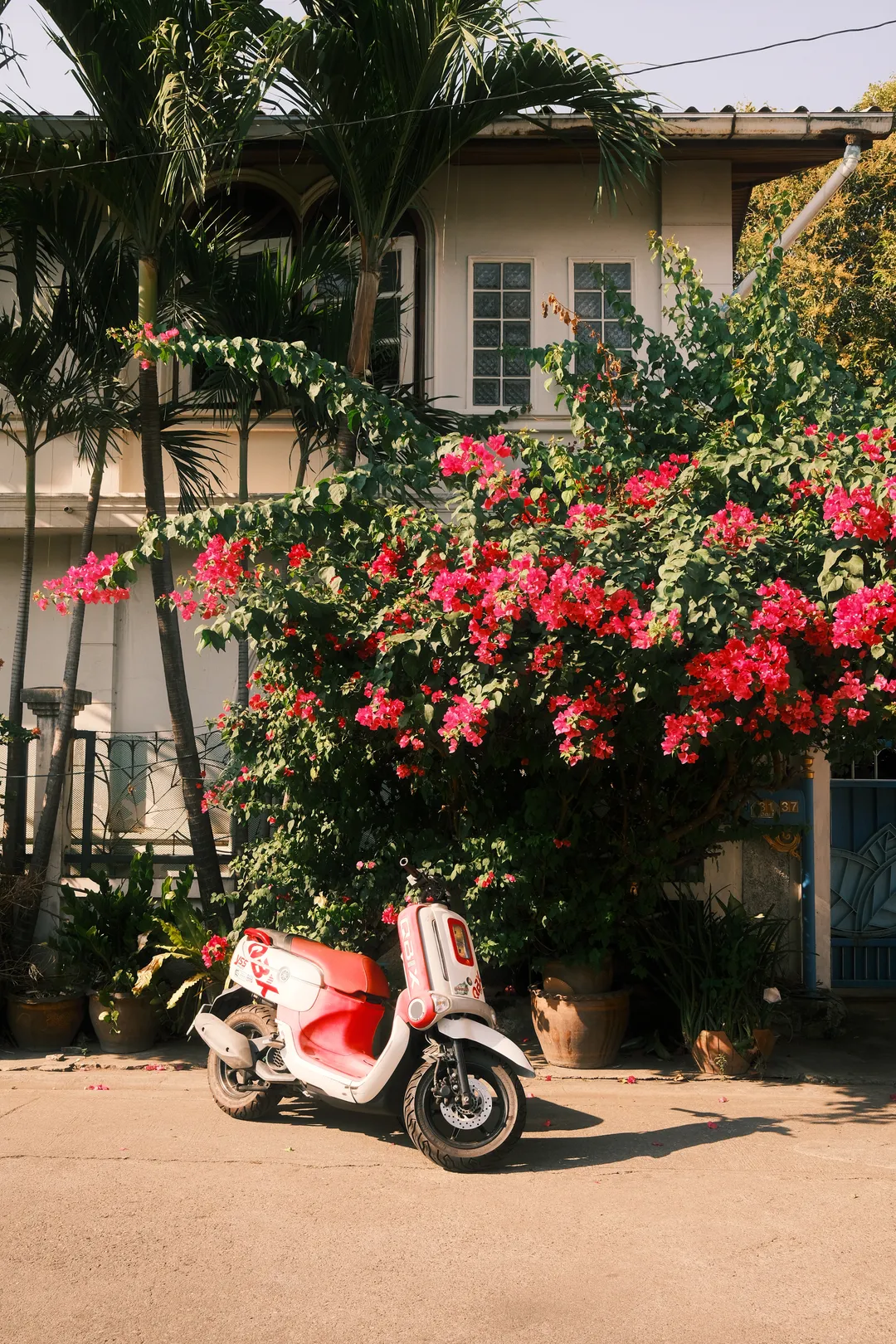

Visit The Grand Palace early, especially during peak season if you want to avoid queues and a hoard of people to navigate through.
By the second day, I was already craving greenery so I headed to Lumpini Park. It was peaceful escape from the madness where giant Monitor Lizards casually roam like they’re the city’s unofficial mascots.
From there, I hopped on the Skytrain to Jim Thompson House. Even though it’s situated in the middle of the city, it felt like you were in a tranquil jungle retreat. For context, Jim Thompson was an American who revived Thailands silk industry post-WWII before mysteriously vanishing in Malaysias Cameron Highlands. A fascinating story. The house itself was beautiful, well preserved, and full of ancient antiques. Even if you’re not big on museums, this one’s worth a visit.
For the artsy types, the Bangkok Art & Culture Centre is nearby, and it’s a great spot to escape the heat. Or, if you just want to soak up the city’s energy, walk along the elevated footpaths and watch the chaos of Bangkok’s traffic from above.
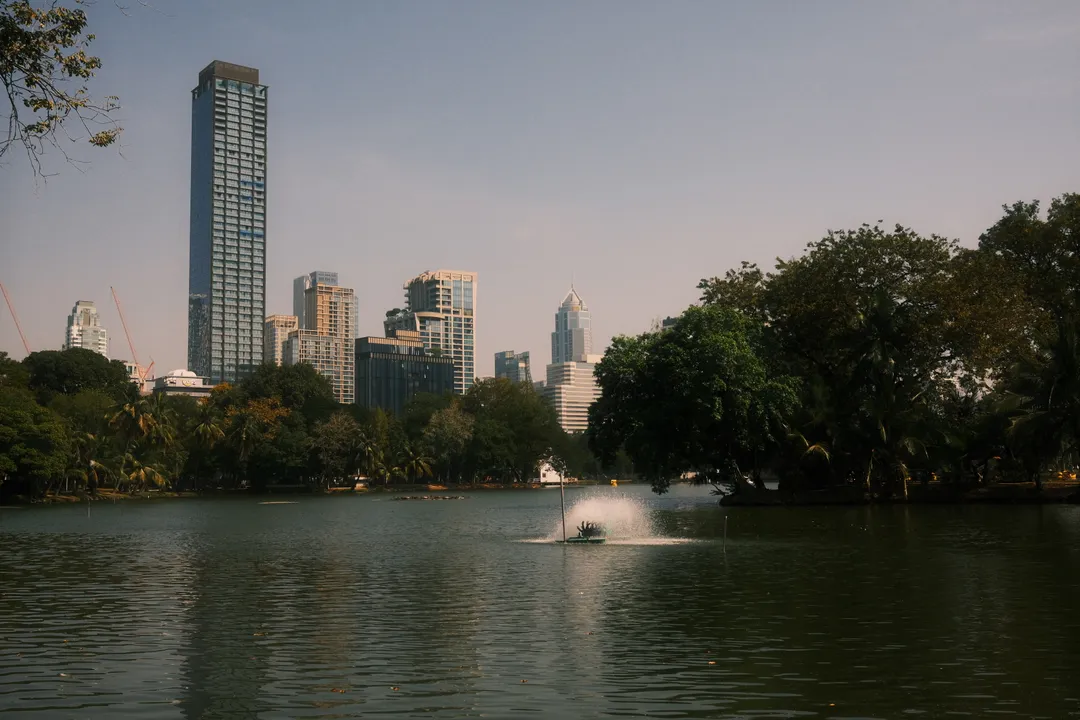
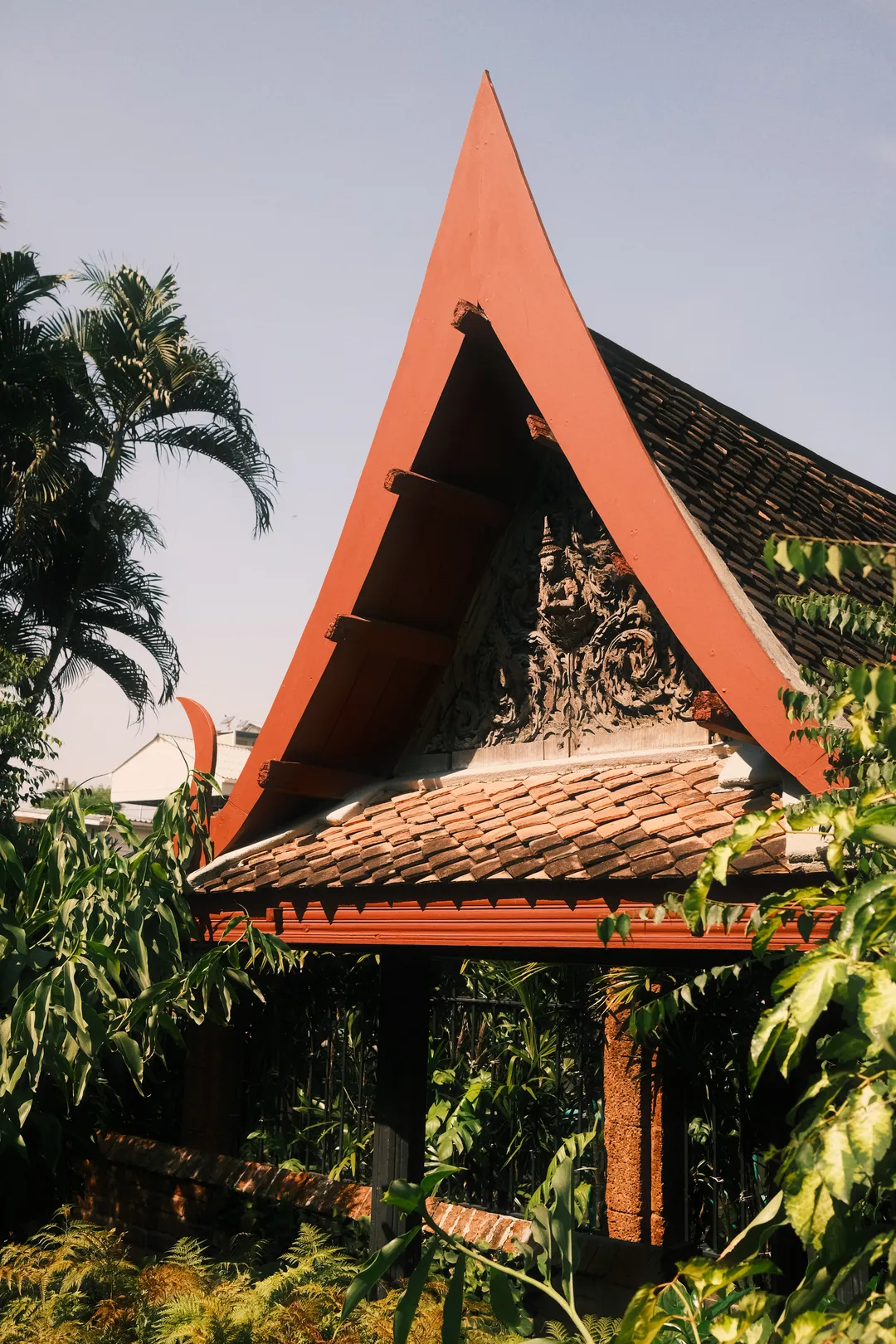

I wrapped up my time with a stroll through Chinatown, one of the largest and oldest in the world, dating back to 1782. It’s an experience for all the senses—crowded streets, sizzling woks, and a kaleidoscope of neon signs.
This city will forever be the place where I tried my first (of many) 7-Eleven toasties, found myself in Elephant pants, and sampled Thai street food for the first time. Shout out to the crispy coconut cream pancakes.
There were plenty of bits I missed, like the Damnoen Saduak Market, Maeklong Railway Market, and a trip to Kanchanaburi. The list goes on. Could I have packed more in? Absolutely. But I’ve learned that jam-packed, box-ticking, sightseeing travel just isn’t for me. Sometimes, you experience more by doing less. Plus, it gives you an excuse to come back.

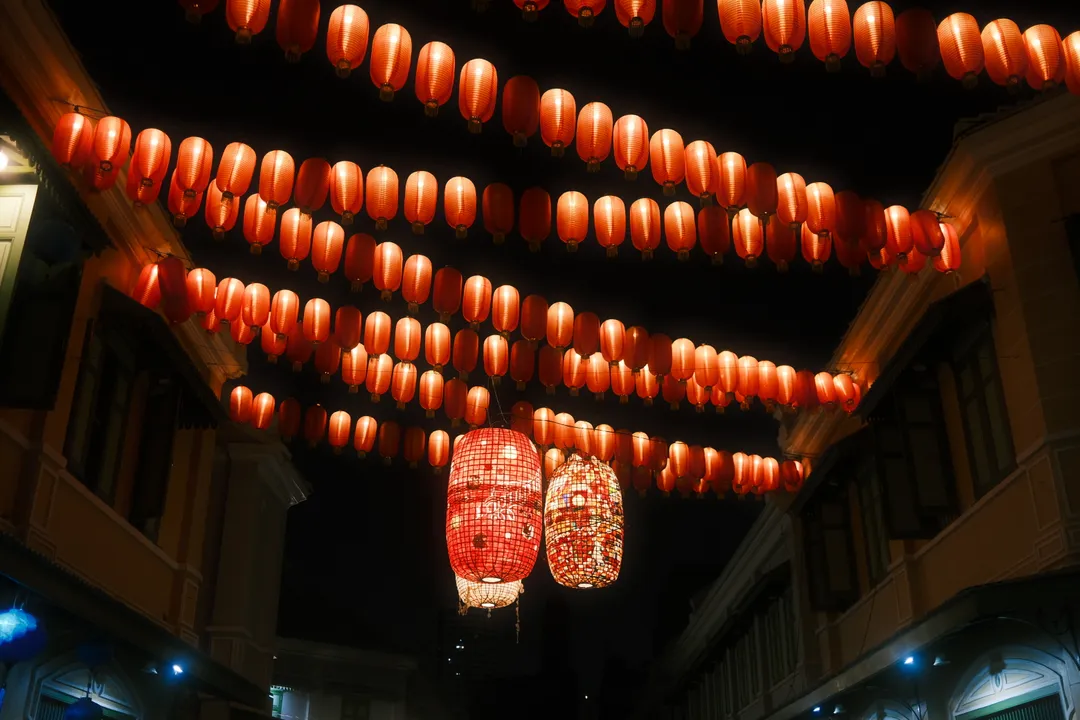
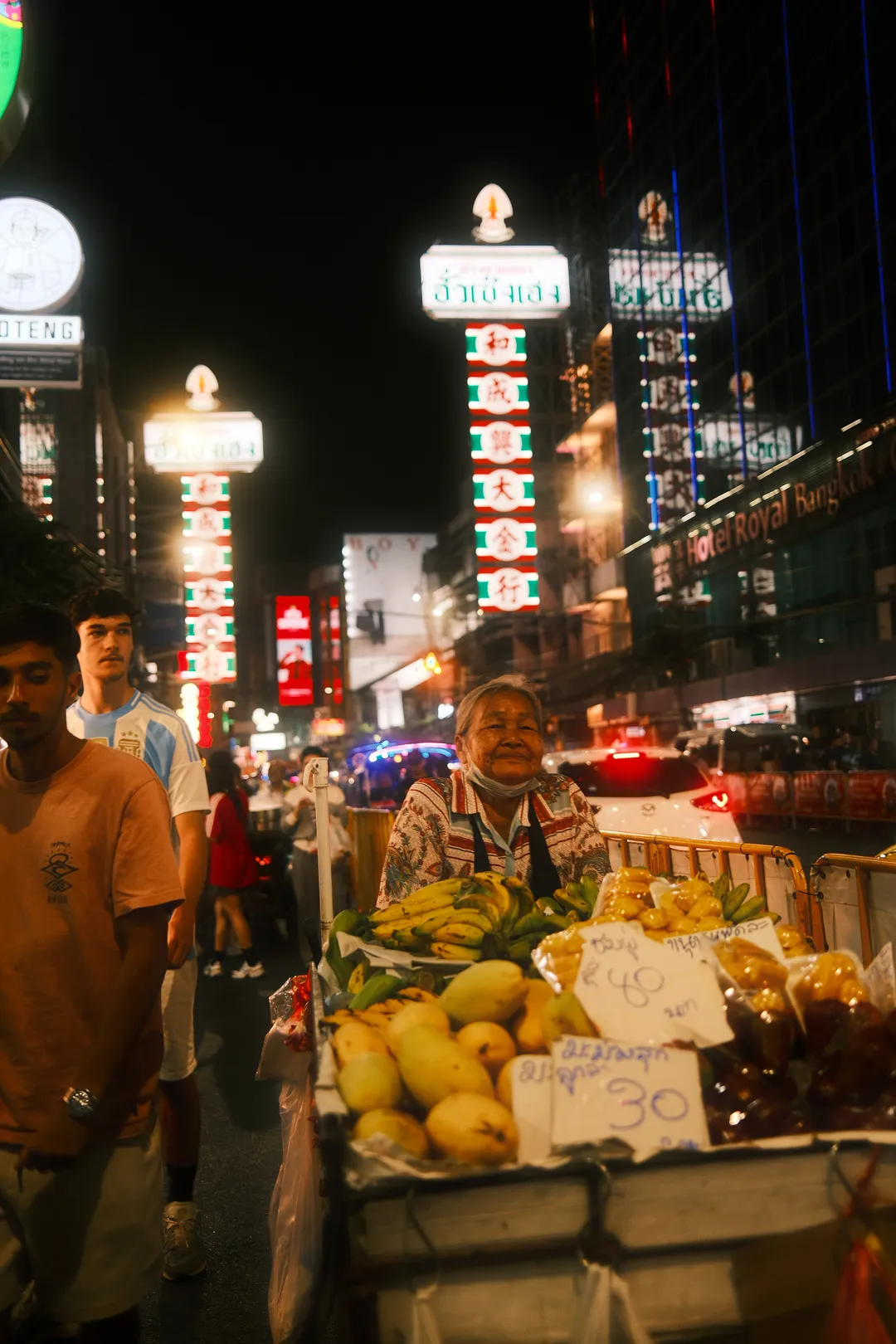
Serenity in Sukhothai
Sukhothai is everything I imagined Thailand to be. Historical ruins, quaint evening markets and serene countryside. The old city was once Thailand’s first capital, and if you’re heading this way, I can’t recommend visiting here enough.
I ended up here because I had to choose between Ayutthaya and Sukhothai. Both looked similar, and let’s be honest there’s only so much temple-hopping you can do before it becomes monotomous. I settled on Sukhothai because it felt like a natural stop on the way to Chiang Mai. Two full days of cycling around ruins and exploring the countryside later, I can confidently say it gave me that feeling. The one that makes you understand why Thailand is so special.
Day one
I spent the first day exploring the central zone of the historical park, starting with the highlight — Wat Mahathat. Entry is 100 THB per zone, plus an extra 10 THB for a bike rental. And trust me, you’ll want the bike because the park is quite spread out. But please, test your brakes… Cycling around the ruins was incredibly peaceful, with only a handful of other visitors which was a welcome break from the previous chaos of Bangkok.

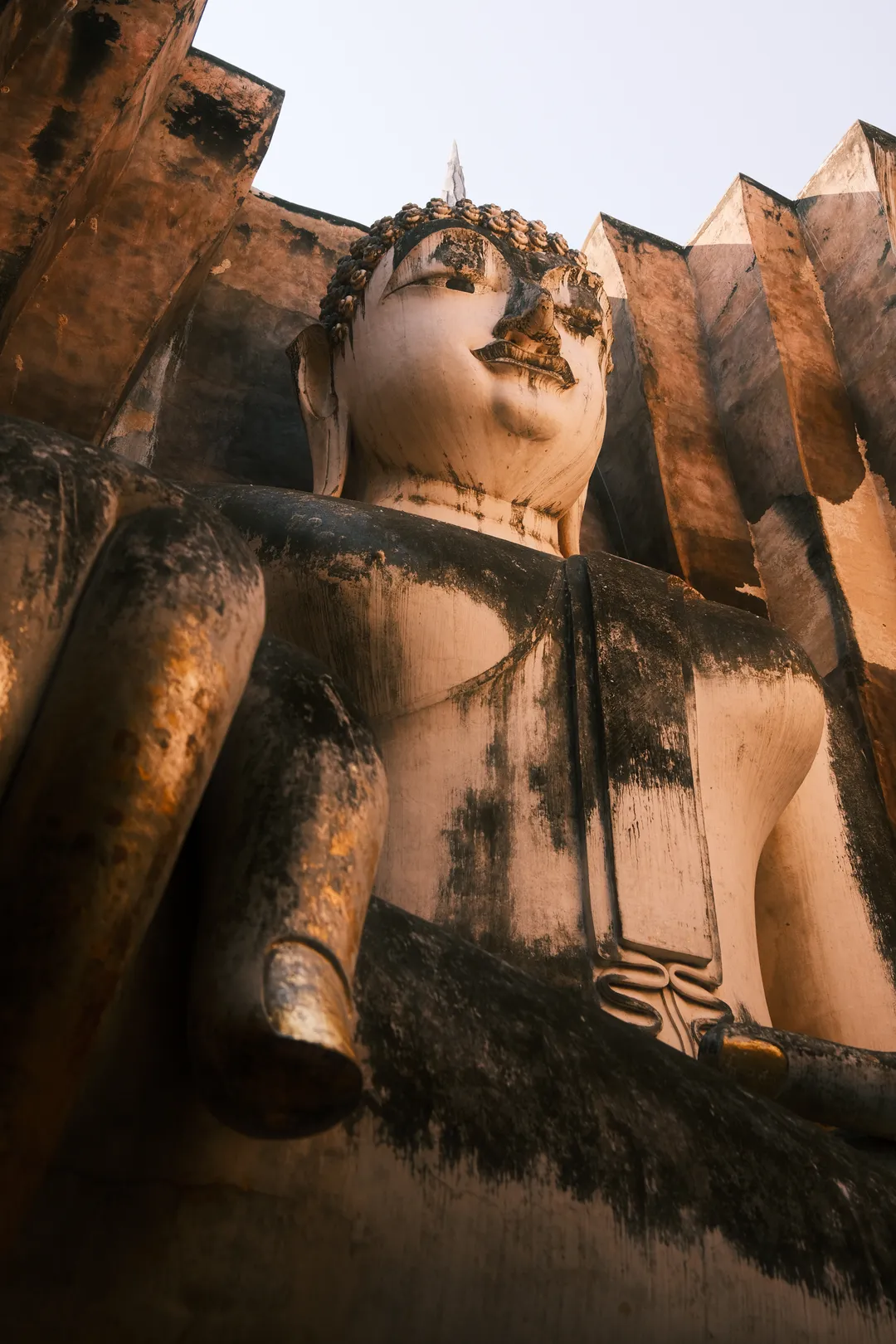
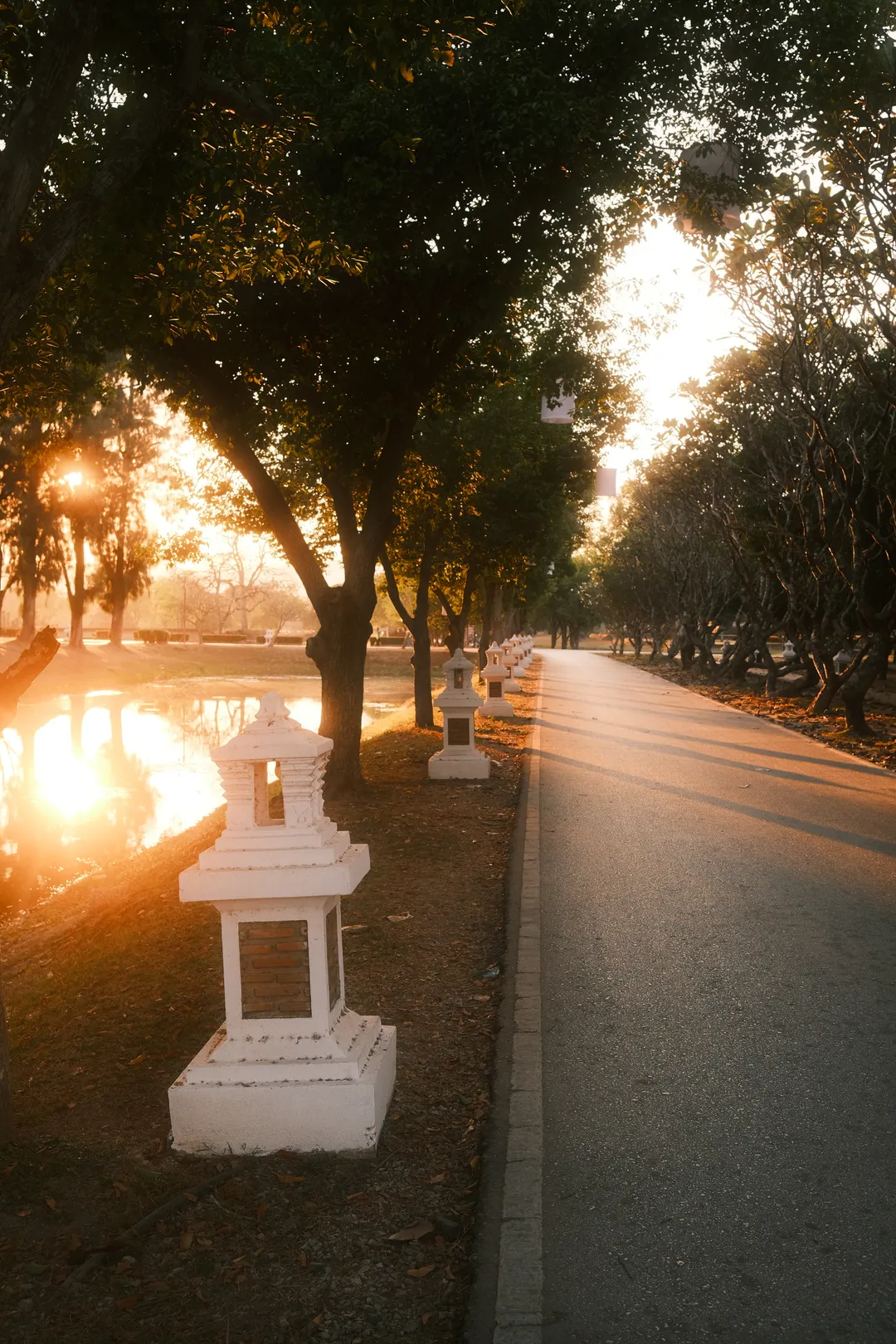
I also ventured into the northern zone, but to be honest, it wasn’t nearly as impressive as the central zone. Still, the ride itself was scenic. My route west took me past Wat Saphan Hin and down a beautiful stretch of road past the scout camp. After another meal of rice (shock), I watched the sunset over Wat Mahathat to end the day. Unfortunately, the pond in front of it didn’t have the picturesque lilly’s that I was promised online.
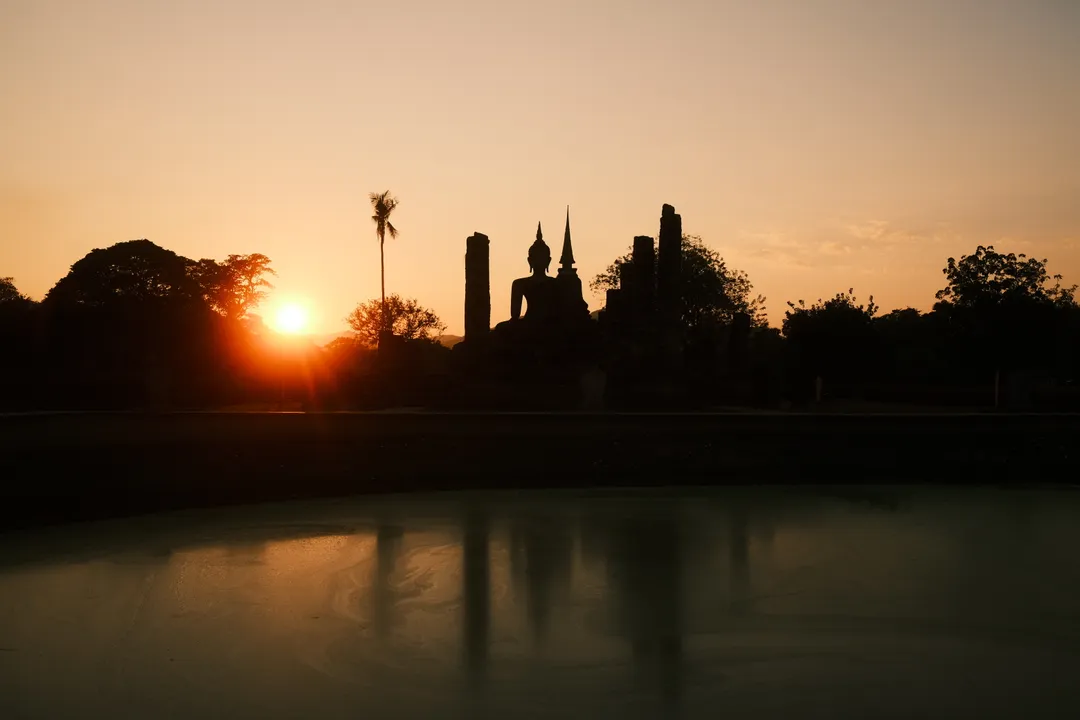
Day two
I started day two determined to catch the sunrise over the ruins. But as I stepped out of my guesthouse, something across the road caught my eye — a gathering one the bridge at Wat Traphang. It turned out to be almsgiving, the morning ritual where locals offer food to Buddhist monks. This was unexpected and wasn’t on my itinerary, but one I was grateful I had the chance to witness.
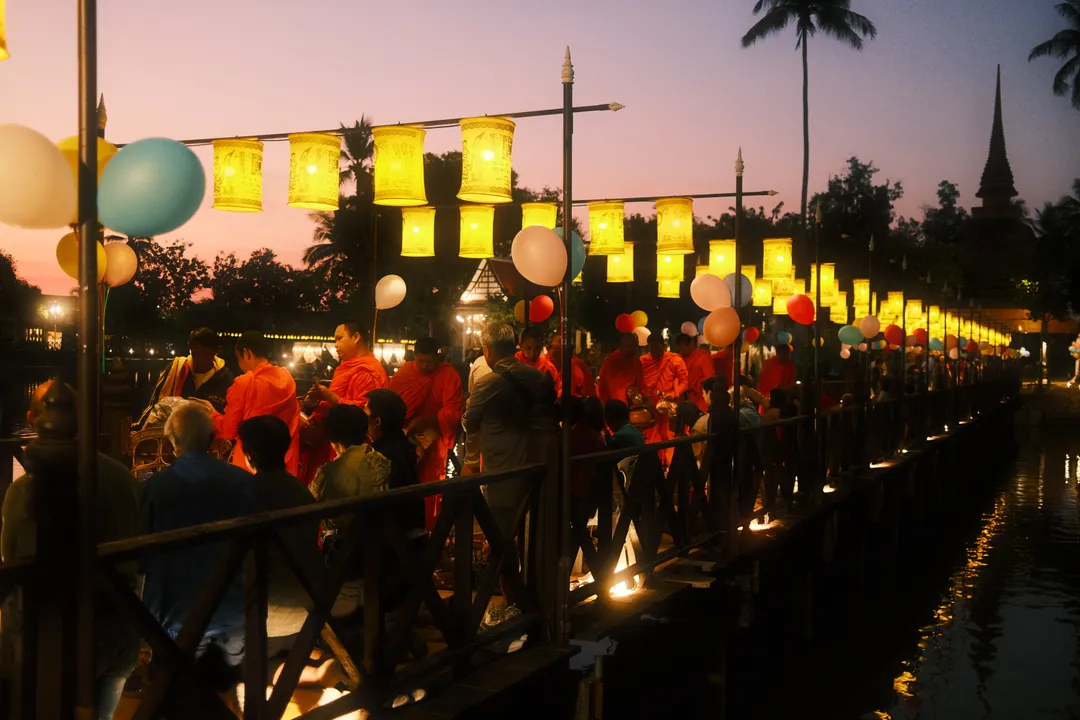
It takes place at around 6:20am every morning, and you can choose to be on the bridge with the locals if you wish. But this felt quite intrusive if you weren’t taking part. Please remember to be respectful, other cultures aren’t a zoo.
After that, I grabbed my trusty bike and set off wherever my curiosity led me. Beyond the ruins in the south, I admired stunning wooden homes, interacted with locals going about their day, and had lunch at a beautiful, quiet spot called Baan Kiang Muang.
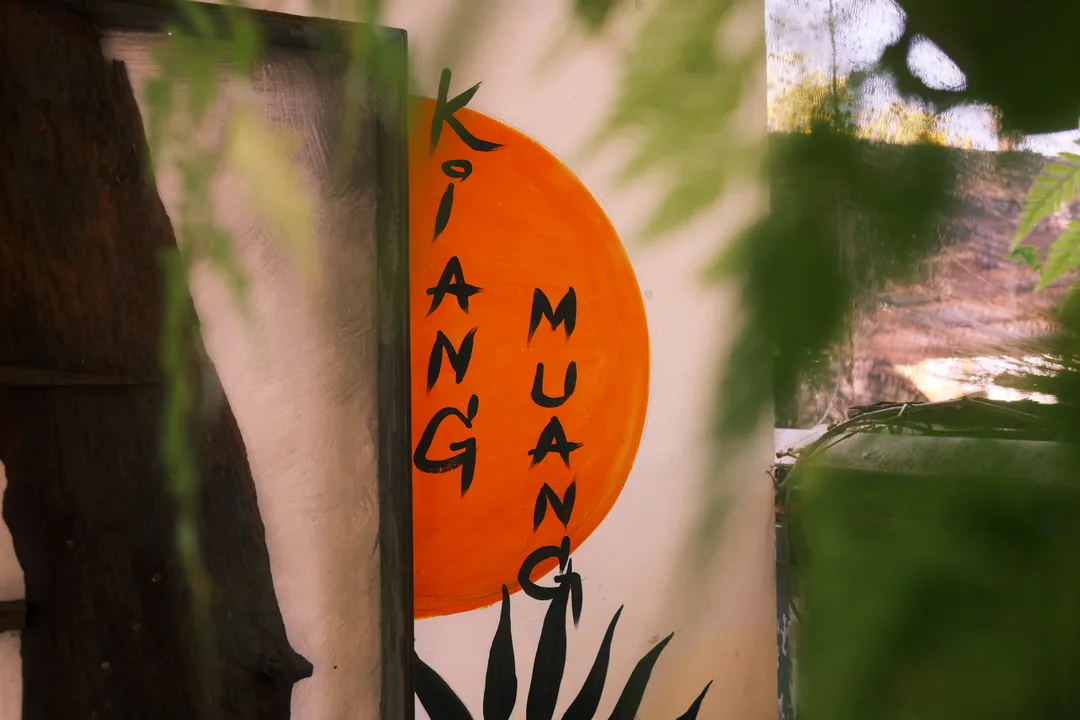
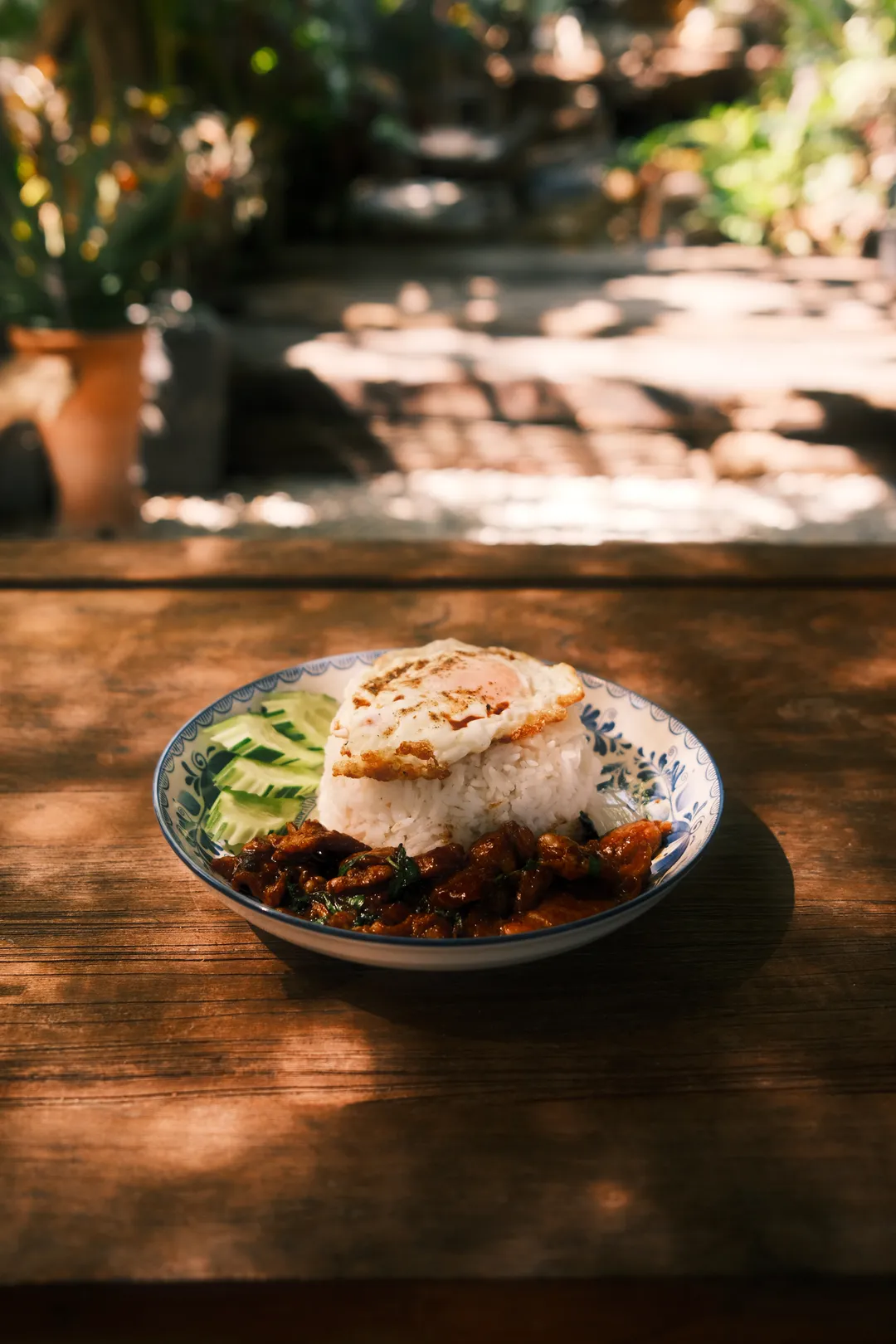
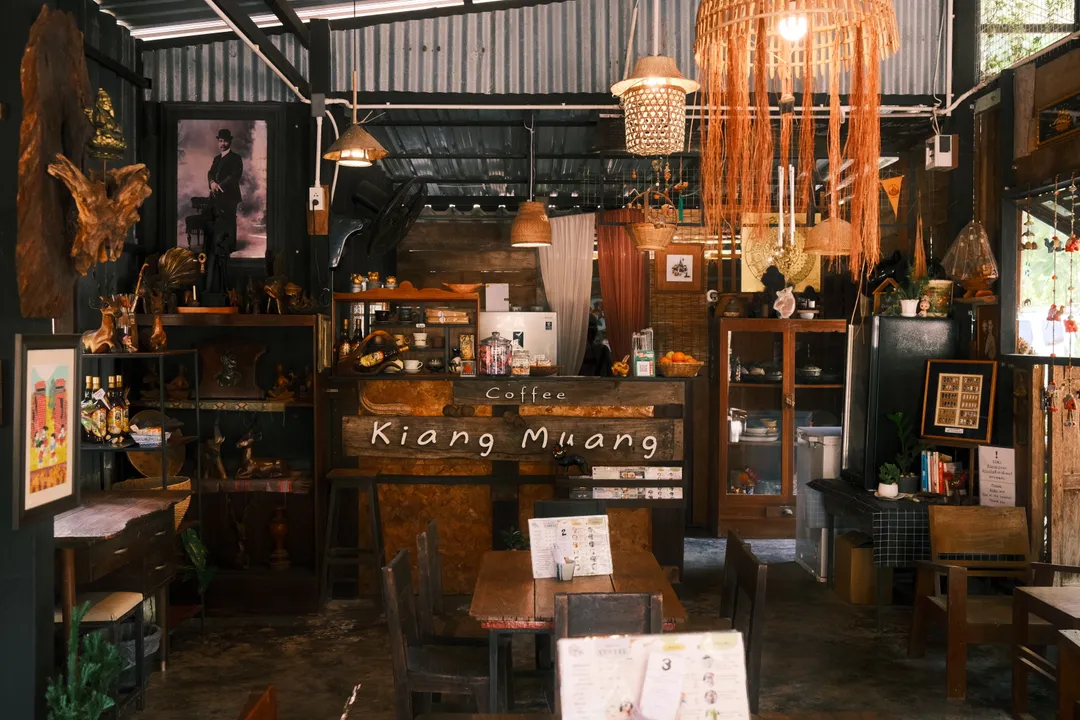
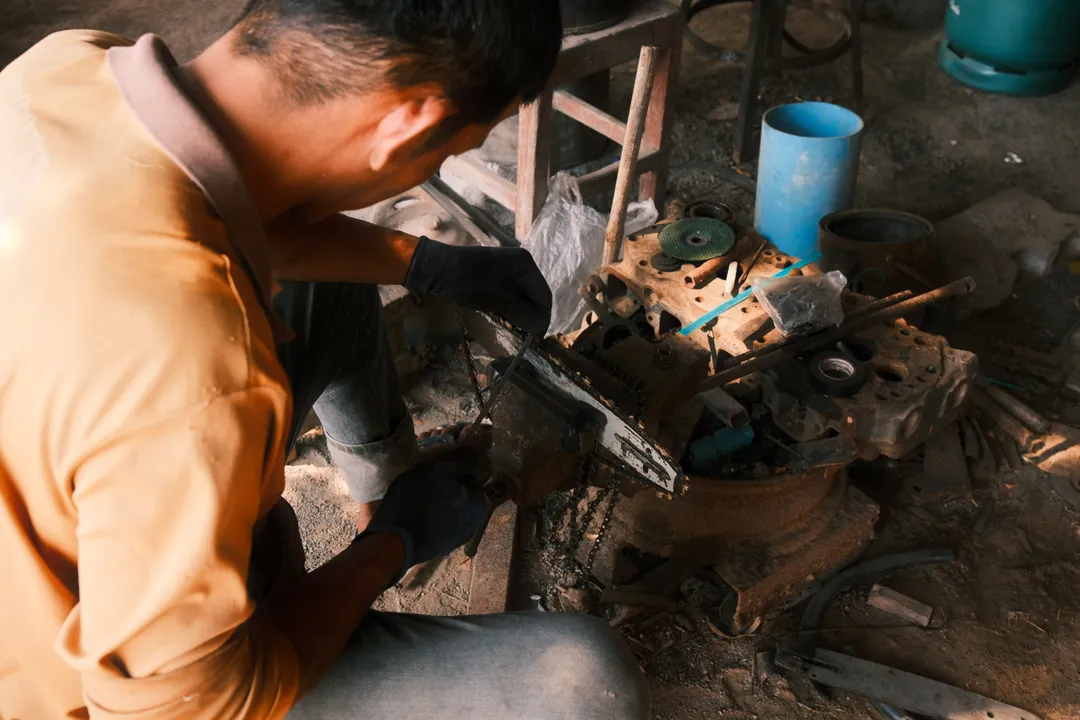
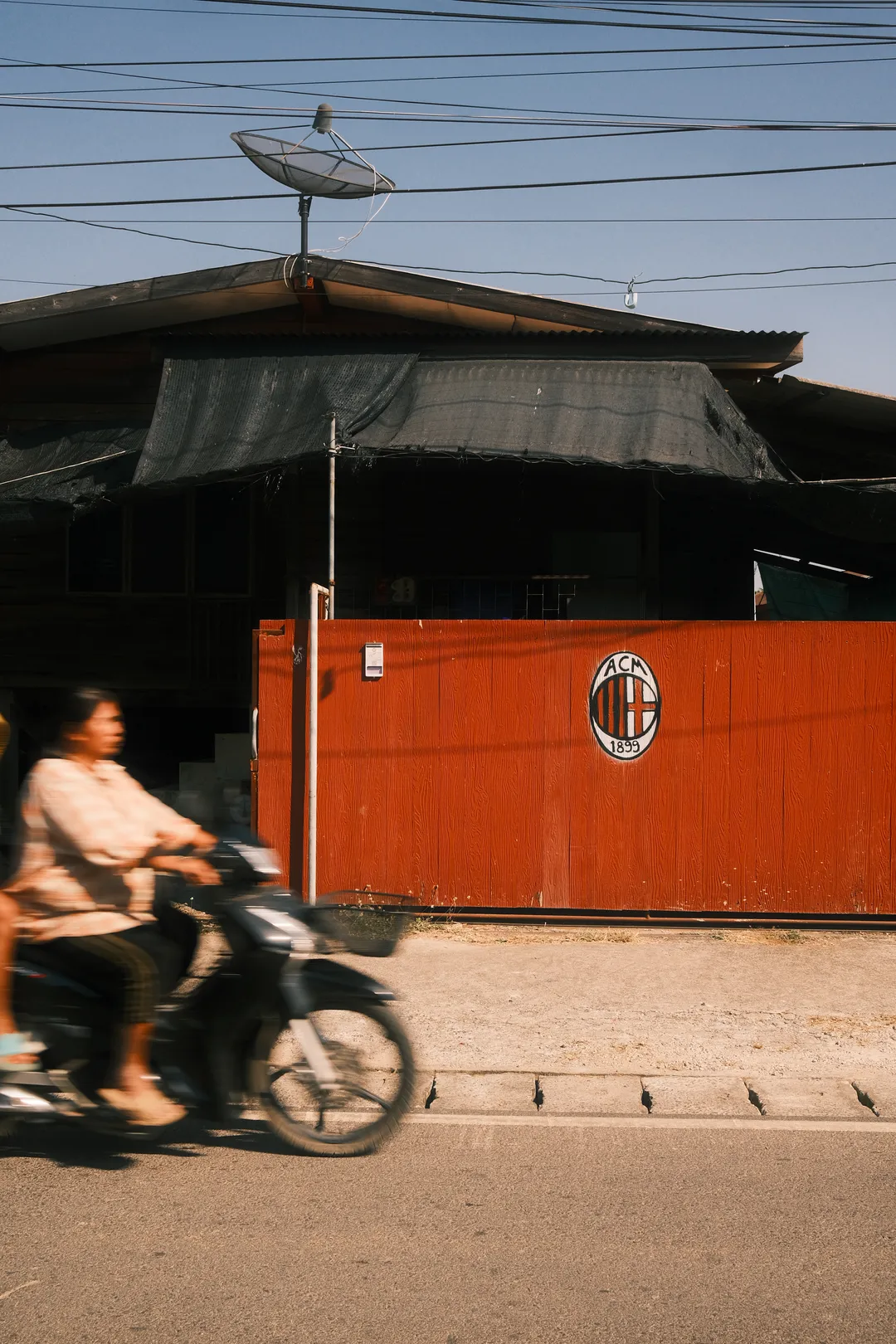
The rest of the day was unplanned and relaxed. I meandered through streets, enjoying the slow pace and stumbled upon one gem of a street called Sangkhalok Street of Art.
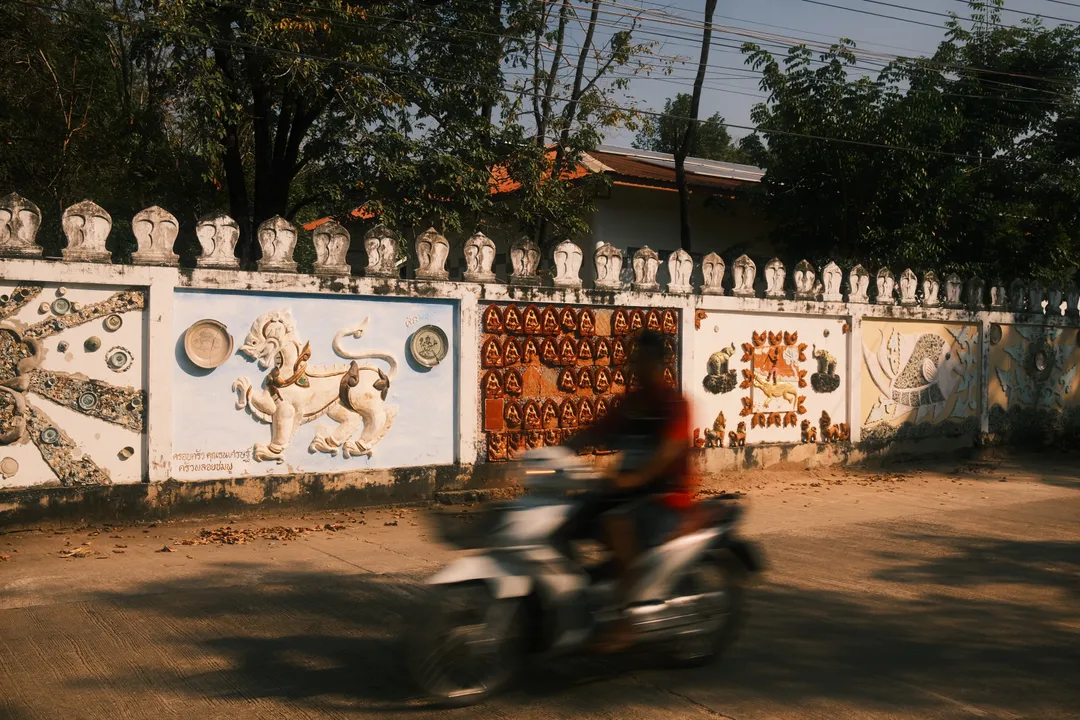
The Sangkhalok is a unique product of Sukhothai, reflecting the exceptional art and pottery skills of the locals throughout the generations. Developed into products over time, these fine handicrafts generate sustainable revenue for the local community.
Sukhothai was a reminder of why I travel. It wasn’t about ticking off sights or chasing Instagram-worthy moments. It was about the quiet moments and simply soaking in the beauty of a place.